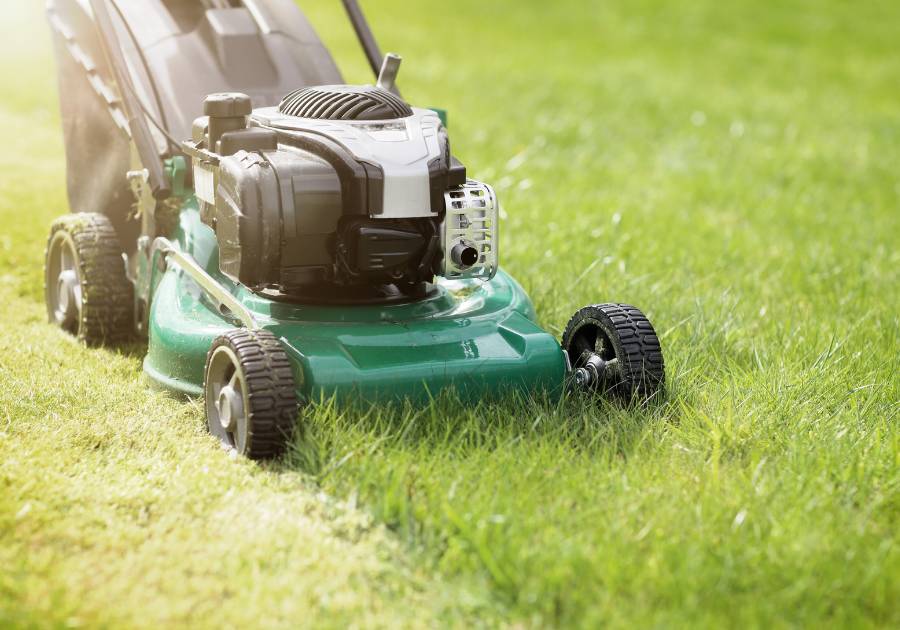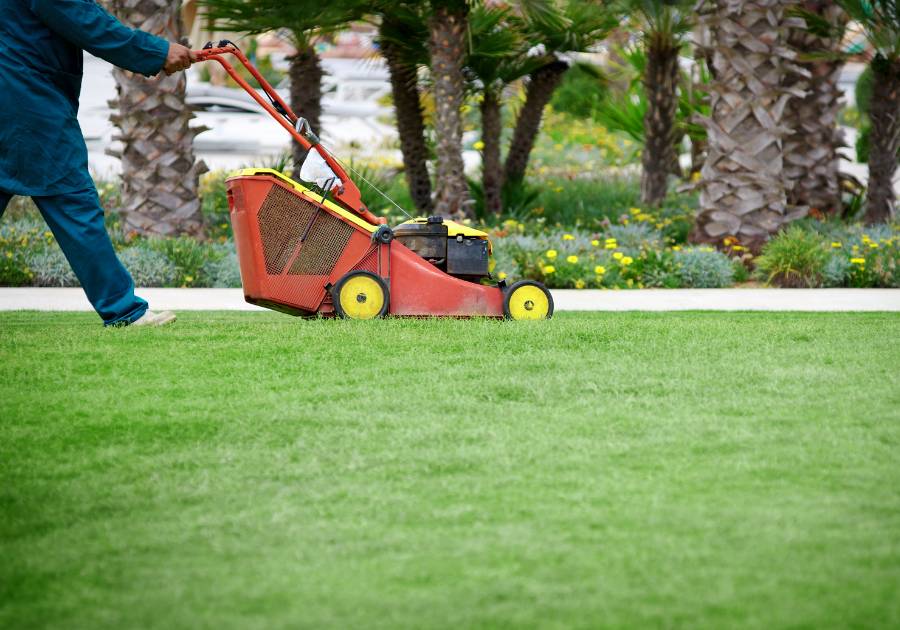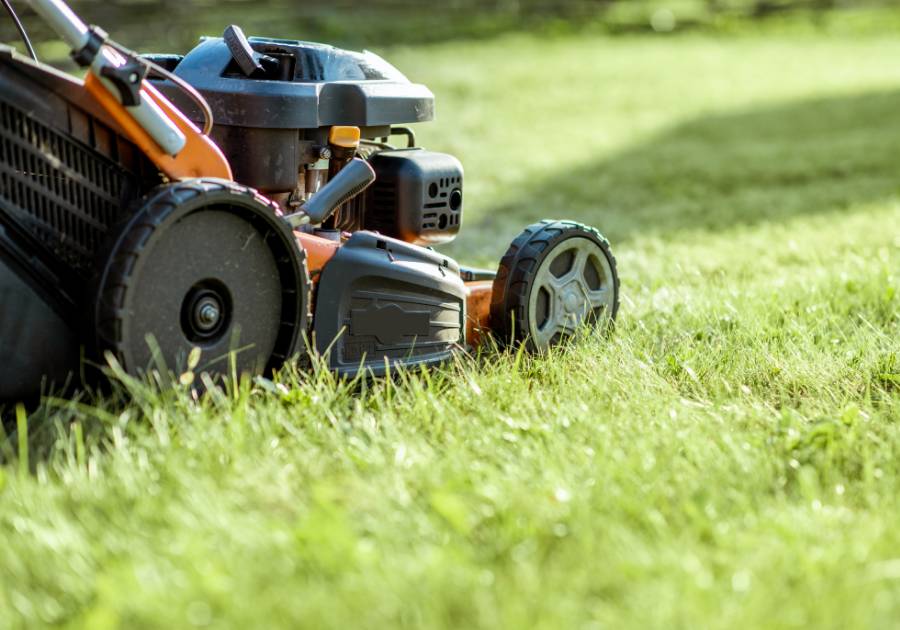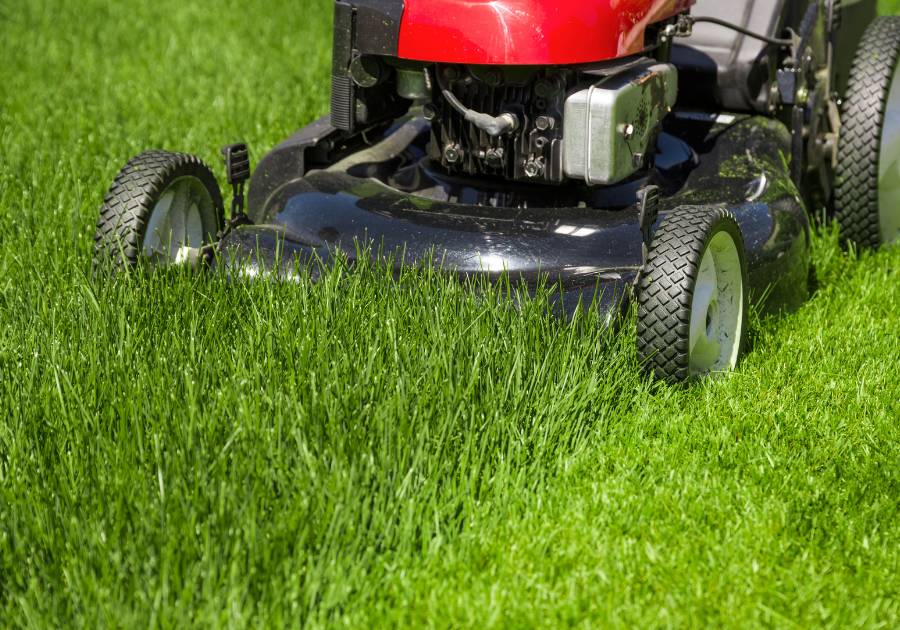I’ve replaced a lot of lawnmower batteries in my times and I’ll be honest, I’ve got it wrong a few times! Though that was a while ago and I’ve learnt the error of my ways.

Every lawnmower will vary and it’s important to know how many amps your lawnmower needs. An electric cordless mower usually needs 12 amps but these amps are different to those in a gas-powered mower.
Not making much sense?
The key thing to do when changing a battery of a lawnmower is to make sure it’s compatible with your engine and for this, we need to know how many amps are in your lawnmower’s battery.
There isn’t one answer that fits all for this and it’s worth understanding the subject a little more too. Are you up for it?
Let’s go!
When you’re looking at lawnmower batteries you will see that they are either rated by amps or volts - more often than not, both.
Whilst we use amps and volts to measure electricity, they aren’t the same so it’s worth finding out the difference.
Basically, amps are used to measure the electrical current. Volts measure voltage.
Clear as mud?
I’ll try and give you an analogy to work with.

Think about water moving through a pipe. You would measure the speed it moves as if it were the electrical current so this would be measured in amps.
The water running through the pipes at a greater speed would be the same as having more current.
Now the pressure that forces the water to go through the pipe is like the electrical voltage and you’d measure this in volts.
If the water was being pushed through at greater force, this would be the same as having a higher voltage.
Any clearer?
I think that’s enough science for now. We don’t need to know much more. The key thing to getting a new battery for your lawnmower is making sure that the current and voltage match up and are compatible.
The majority of ride-on mower batteries are now rated at 12 volts. This makes things much easier! However, I’d always advocate double-checking this is the case with yours!
[How long should a battery last? Find out here!]
Whilst voltage is simplified you do have other things to think about, the two main things are the terminal position and Cold Cranking Amps - sometimes shortened to CCA.
When we talk about the terminal position, we are referring to the physical configuration of the battery.
Lawnmower batteries usually come as either U1L or U1R.

The sharp-eyed amongst you will have guessed that L stands for Left and R stands for Right.
In practice, this means that a U1L battery has a positive terminal in the left corner and a U1R is in the right corner.
Quite simple when you break it down, right?
This is something you need to keep in mind when shopping for a battery to ensure that it fits inside of your mower.
Focusing our attention on amps, you need to look at Cold Cranking Amps.
Lawnmower batteries do not provide a constant current. They are there to issue the initial burst of power to get the engine going and this is something you need to factor in.
A larger lawnmower engine is going to require more current to get started so you need to ensure you don’t buy a battery that doesn’t have enough power.
Why?
If the battery can’t produce enough current, it will have to work harder to get your engine started (that’s assuming it’s capable of doing so!). Whilst some people may say the important thing is that it started the engine, what you have to factor in, is the fact that the life of the battery will be greatly shortened due to it being overworked.
Now you know that batteries come with different ratings so when you’re replacing your old one, you need to make sure all of these ratings match not just amps.
Yes, amps are one factor but you also need to ask about voltage, CCA, and terminal position to successfully find a battery that will be ideal for your lawnmower.
One way that works well is to simply refer to the user manual, this will provide guidance on what type of battery you will need.
Of course, user manuals have a habit of disappearing so if this is the first time you’re changing the battery, you can just look at the battery you’re replacing. It will have the CCA and voltage displayed on it.
Hopefully, you now have the needed information so you know what specification you need your new battery to be.

If you’re still having difficulty confirming the right battery specification then you can contact the manufacturer who should be able to advise.
Do you remember earlier I said that you will want to ensure that the battery has a CCA rating that is high enough or it will struggle to get your engine going?
Well, I should also mention that you need to make sure you don’t go for one that is too powerful.
Whilst choosing a higher rated battery than what is recommended won’t cause damage to your engine, it won’t give you any benefit.
Not to mention, they are usually more expensive so essentially you’re paying for something that you aren’t seeing any benefit on.
[Cant decide between electric or gas-powered? Let me help you!]
If you’ve seen electric cordless lawnmowers, you may have noticed that they display the number of amps - this is different.
Cordless lawn mowers aren’t powered by gas engines so it isn’t referring to cold-cranking amps. Amps on these types of mowers are referring to the amount of current the battery will deliver in order to power the engine.
The majority of battery-powered lawnmowers have a 12 amp engine. This means that the current that is constantly delivered to the engine is 12 amps.

Most people who use this type of lawnmower at home will find this to be more than sufficient.
It’s good to know how amps differ from volts and watts - it’s important too! Most of the time we don’t give much thought to it, why should we?
However, when it comes to replacing something like a battery for your lawnmower, it becomes relevant. It how you end up buying the correct battery!
When it comes to replacing your lawnmower battery, you need to ensure you get one that is compatible.
Too little power? Your battery is going to wear out quickly due to it working too hard.
Too much power? You’ve just spent more money than you needed to, for little benefit and frankly, that’s just silly.
Spending a bit of time, understanding what your lawnmower needs could potentially save you a lot of hassle (and money!) in the future.